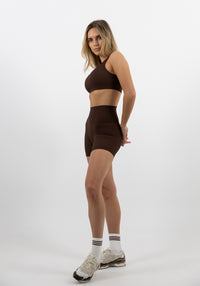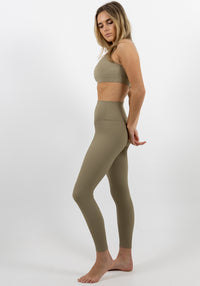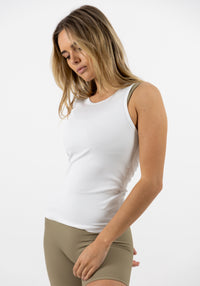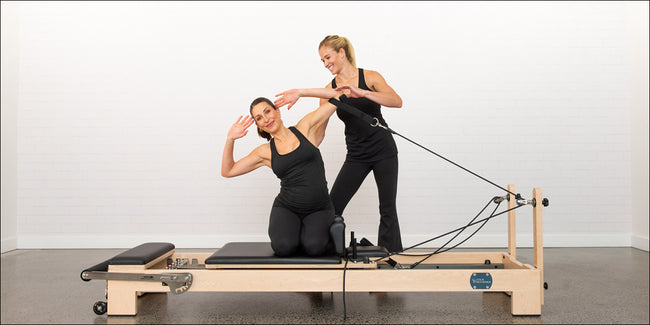The pelvic floor is an extremely important muscle. Like any other muscle, it needs to be worked out regularly in order to ensure it is performing optimally.
Pelvic floor health is often talked about in pre and post-natal women, but it's important for everyone to be mindful of it as it performs some extremely important functions.
We all have a pelvic floor - yes, men too! It's the muscle that allows us to keep our organs where they are supposed to be, controls bladder and colon function, and improves sexual function (reducing pain, increasing pleasure).
The pelvic floor is made up of muscles and connective tissue that sit under the bones of our pelvis, like a hammock.
We often think of a weak pelvic floor as being an issue, but having an overactive pelvic floor can also be just as, if not more, problematic.

The functions that the pelvic floor performs, rely on the ability to both contract and relax the muscle fully (through fast or slow twitch contraction combinations), so it's a problem if we are unable to switch it on or off effectively.
Common signs of a weak/ underactive pelvic floor are: leaking when coughing or sneezing, running or jumping, and/ or heaviness and dragging sensations in the pelvis.
Common signs of an overactive pelvic floor are: pain during sex, general pelvic pain, incomplete emptying of bladder or bowel, difficulty when trying to 'let go' of your pelvic floor.
Before you can work it, you need to find it.
The pelvic floor is an important muscle to isolate and we use it a lot throughout Pilates. It forms an integral part of core engagement; our Powerhouse is built from pelvic floor and Transversus Abdominus engagement (the T-Zone).
There are some great hints and tips to help find and isolate your pelvic floor, whether you're a woman or a man on the Pelvic Floor First website
Ideally, we are all working our Pelvic Floor daily, more so if you have any type of dysfunction (3-4 times a day). If you're fitting Pilates in to your daily routine that counts as an effective pelvic floor workout, but a once weekly session isn't going to cut it. Your choices are to do more Pilates (and that's where renting or buying your own at-home reformer is amazing!) or add some simple pelvic floor exercise drills in to your daily life.
Some great Reformer based moves that focus on your pelvic floor are:
- Pelvic tilts & curls
- Footwork
- Scooter
- Ab curls
- Side lying foot in strap clams
DID YOU KNOW? There are amazing programmes within our OnDemand app that allow you to safely work pelvic floor exercises in to your reformer workout, no matter your ability or physical requirement.
















